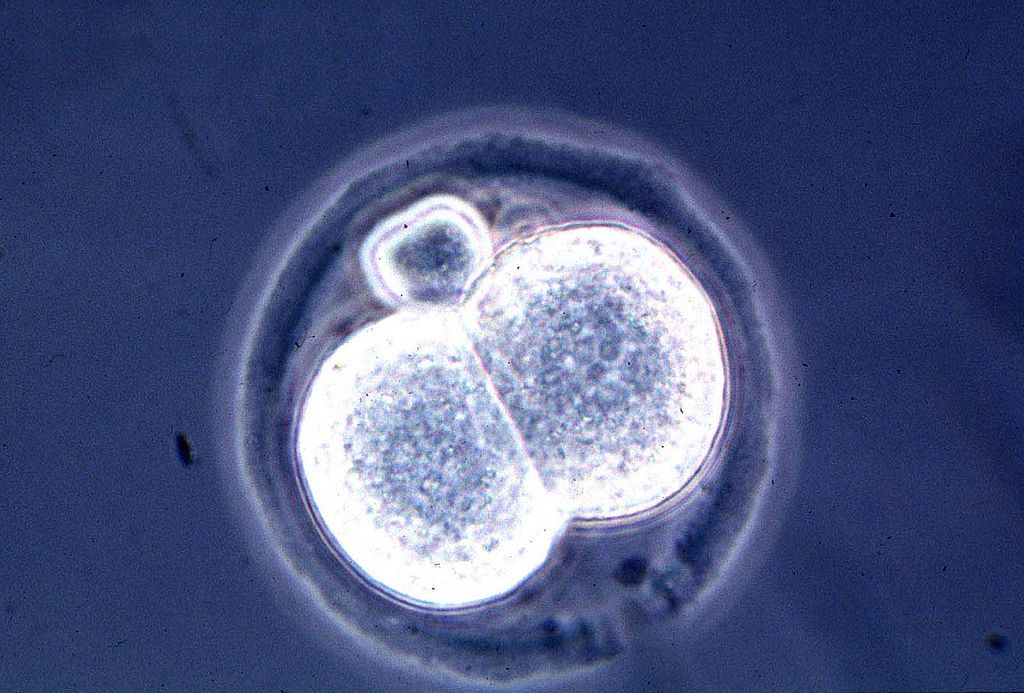Australian scientists have discovered quail eggs can help them understand birth abnormalities and other developmental health concerns. They use these eggs to observe embryos in real-time and in high resolution.
Because they develop in eggs, quail embryos may be scanned like human embryos. Avian eggs have traditionally been used in embryonic research. Science Alert reported that Australian researchers employed quail eggs engineered to contain a fluorescent peptide that binds to actin proteins to construct the embryo’s actin cytoskeleton. This lets scientists see cells migrate and build organs.
University of Queensland developmental scientist Melanie White remarked that it’s their first time to see a “high-resolution, real-time imaging” of early developmental processes as previous studies were captured on static slides “at fixed points in time.”
Researchers used microscopes to study heart, brain, and spinal cord development. The fluorescent markers showed the neural tube-a precursor to the central nervous system-‘zipping up’ when cells united.
White shared that they witnessed the cells’ protrusions traverse the neural tube to touch the other side. The tube zipped quicker as cells protruded.
The expert noted that if the process goes wrong and the tube fails to close properly at the fourth week of human development, “the embryo will have brain and spinal cord defects.”
A Breakthrough Development
This study sheds light on early life and birth abnormalities. Real-time microscopic observation of these biological processes may reduce or detect birth abnormalities. The scientists will conduct further studies on quail eggs to find “proteins or genes” they can target in the future or utilize for congenital birth defects screening.
Advances in embryonic research aim to improve pregnancy outcomes by detecting and correcting developmental abnormalities early.
Read Also: Around 1 in 8 Americans Are Suffering From Chronic Insomnia, New Survey Finds
This latest development comes a year after scientists developed synthetic human embryos using stem cells, without eggs or sperm.
According to The Guardian, the model embryos, which mirror early human embryos, may reveal genetic abnormalities and the biochemical reasons for recurrent miscarriage. The synthetic embryo lack a heart and brain but contains the placenta, yolk sac, and embryonic cells.
Since lab-grown entities are illegal in the UK and most other nations, this finding poses ethical and legal implications.
(Photo : Getty Images)
Microscopic View Of A Two Cell Mouse Embryo, A Result Of A New And Relatively Simple Cloning Technique Discovered By Scientists At The University Of Hawaii July 1998.
Baby Gadgets Recalled Due To Shock Hazard
In separate news, nearly one million infant electronic gadgets were recalled for shock hazards.
Hatch Baby recently recalled their Rest 1st Generation sound machines, which use white noise to help newborns sleep, per Daily Mail. Due to loose plastic around the power adapter, metal prongs might cause electric shock, prompting the recall.
The adapter plastic came off 19 times, and two users received mild electrical shocks, according to the business.
The recall notification advises discontinuing the US and Canadian equipment immediately. The firm advises users to “unplug the cord, cut the cord on the recalled power adapter” and take a picture of the defective adapter “showing the model number and the cut cord.”
Hatch Baby is contacting registered owners, but customers may check their model numbers to see whether they are impacted. The troublesome machines are CYAP05 050100U. Near the power adapter’s prongs are black labels with the model number, amps (“1.0A”), “Jiangsu Chenyang Electron Co. LTD,” and “Made in China”.
Hatch said it will replace the recalled products pictured on its website.
Related Article: Tampons May Contain Dangerous Levels of Toxic Metals, Study Finds
ⓒ 2024 TECHTIMES.com All rights reserved. Do not reproduce without permission.

